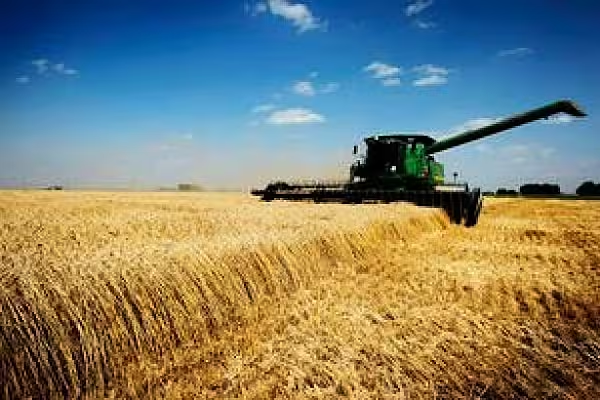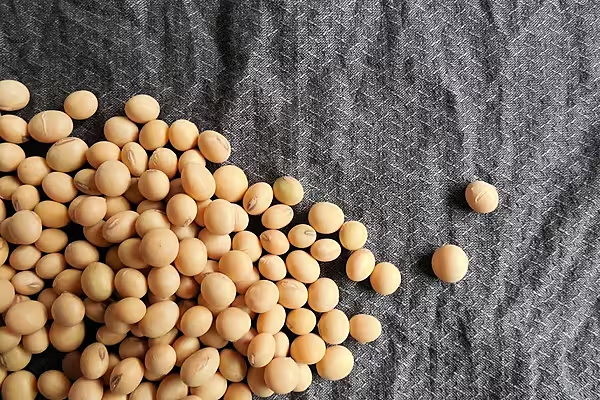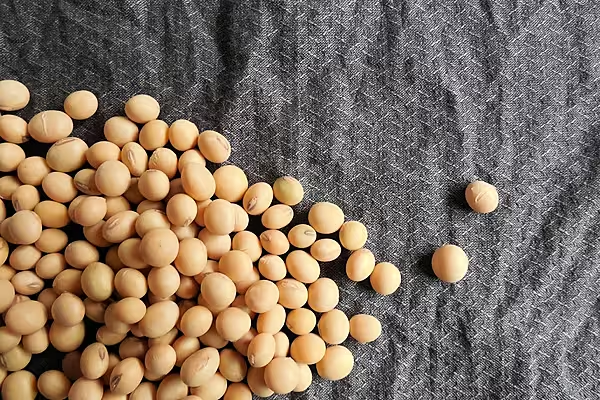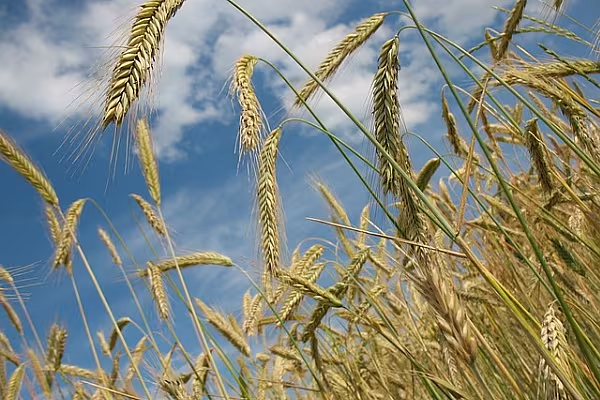Never mind El Nino. La Nina may be on the way next, bringing a chance for a rebound in US grain prices that have been falling for three straight years.
If history is a guide, the El Nino weather pattern that’s thrown off averages for rain and heat around the world this year may shift gears to the phenomenon known as La Nina, and bring dry, hot weather to the growing areas of the US Midwest.
La Nina, meaning the girl in Spanish, is the “most likely” outcome next summer, Kyle Tapley, a forecaster for MDA Weather Services, said in an interview at the Global Grain conference in Geneva. While weather is always uncertain, three of the five El Ninos designated strong since the 1950s were followed by La Nina, he said.
The switch would transform current weather conditions that have coincided with record grain harvests and falling prices as demand in major markets such as China slowed. A Bloomberg gauge of farm commodities fell 15 per cent this year, while grain stockpiles will rise to a 29-year high in the 2015-16 season started in July, according to the International Grains Council.
"If we move into La Nina, it will be bullish for grains," Stefan Vogel, an analyst at Rabobank International, said in an interview in Geneva. "Dry and hot weather would potentially hurt yields and reduce production in the US, both for corn and soybeans."
La Nina is a cooling in the equatorial Pacific and El Nino the opposite, with the US’s National Oceanic and Atmospheric Administration considering the two events as lying at the “extreme phases of a naturally occurring cycle.” La Nina increases the possibility of a dry, hot summer in the U.S. Midwest, according to Commodity Weather Group.
While La Ninas can grow on their own, they also develop out of the remains of El Nino, says the University Corporation for Atmospheric Research in Boulder, Colorado.
The current El Nino, forecast to be the strongest since 1997-98, will weaken by spring, potentially giving way to La Nina, according to MDA. In the 1983-84 marketing year, when US farmers planted corn under El Nino conditions before La Nina developed during the crop’s growing and maturing phases, production fell by almost half, according to the US Department of Agriculture and an 26 October report by Citigroup.
News by Bloomberg, edited by ESM. To subscribe to ESM: The European Supermarket Magazine, click here.














